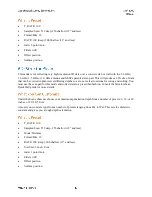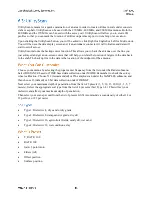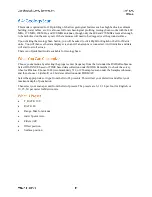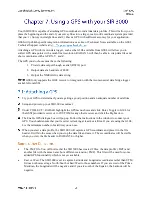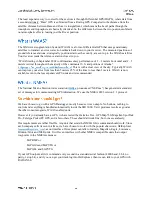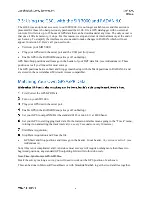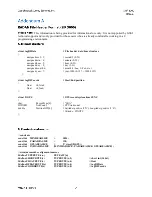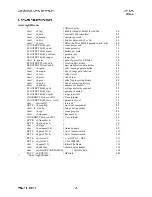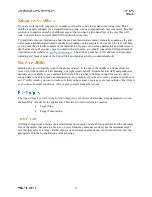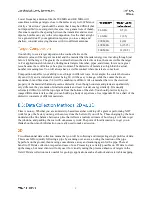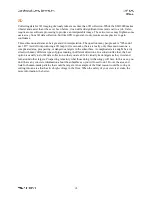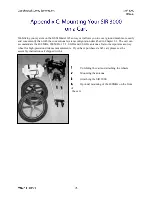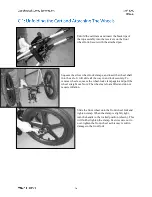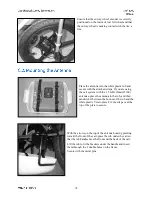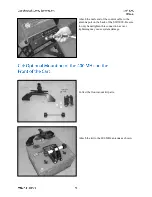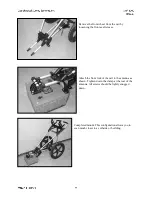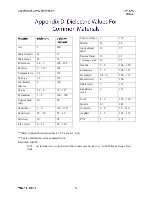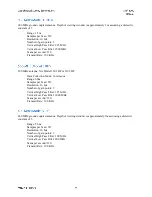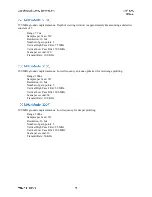
If you are working with concrete, try to make sure that the concrete has had some curing time. Three
months is usually adequate for a standard slab on grade, while a suspended slab may cure faster. The best
solution is to practice on slabs of different ages so that you have a first-hand feel of the way they will
look. Concrete that is not well cured will be difficult to see into.
Try and find out some information about the area’s soil and water content. Generally speaking, clay and
water cause attenuation and impede penetration. Finding out the soil grain size (sand, silt, clay) will help
you to guess the dielectric constant of the material to help you set up survey parameters and make time to
depth estimations. If you have never worked with soils before, you should consult the US Department of
Agriculture soils website at
. The site has a number of free and low cost resources
including soil maps of most of the United States and guides to help you understand soils.
Simply put, can you feasibly work in the proposed area? Is the site in the middle of a dense thicket of
trees, or is it the outside of a tall building, or a tight elevator shaft? Remember that GPR and geophysics
depends on your ability to see contrasts in the data. The area has to be large enough for you to collect
enough data to be able to make an interpretation. For example, if you need to survey an area in advance of
an 18” utility trench, you want to make sure that you have some coverage over areas outside of that trench
so you can see normal conditions. Always give yourself some elbow room.
The type of targets you are trying to find will govern your choice of antennas, setup parameters, or even
the feasibility of radar for the application. There are two main criteria to consider:
Target Size
Target Composition
All things being equal, antenna choice determines how deeply you are able to penetrate and the minimum
size of the targets that you are able to see. Lower frequency antennas see deep, but the minimum target
size that they can see is larger. Rather than focus on what each antenna can see, the table below lists the
appropriate antenna by application and depth range.

